No longer afraid of the Dongfeng-26, the US military intercepted a ballistic missile in Guam and beg
Before reading this article, please click "Follow" to facilitate your discussion and sharing, and give you a different sense of participation. Thank you for your support

Text丨The wind is crying.
Editor: The wind is crying.
In today's ever-changing international military arena, Guam is like a chess piece in the eye of the storm, and its every move involves the sensitive nerves of the global military strategic layout.
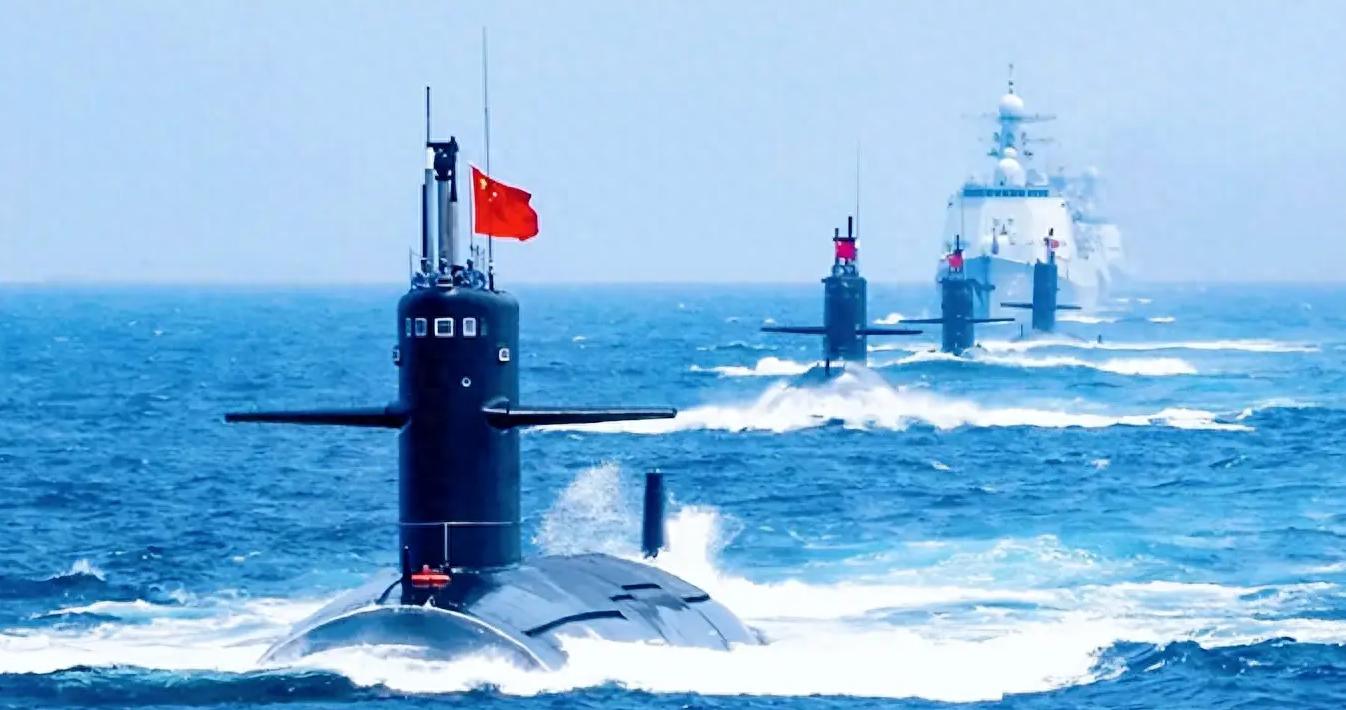
Guam, an island located in the western Pacific Ocean, has become a frontier in the military game between major powers due to its unique geographical location.
Recently, a series of military actions by the US military in this area, like a huge rock thrown into a calm lake, has caused ripples and attracted the attention of military experts and enthusiasts from all over the world.
What strategic intentions are hidden behind this series of actions? What far-reaching impact will it have on the regional and even global military balance? Let us analyze this hot topic in depth.
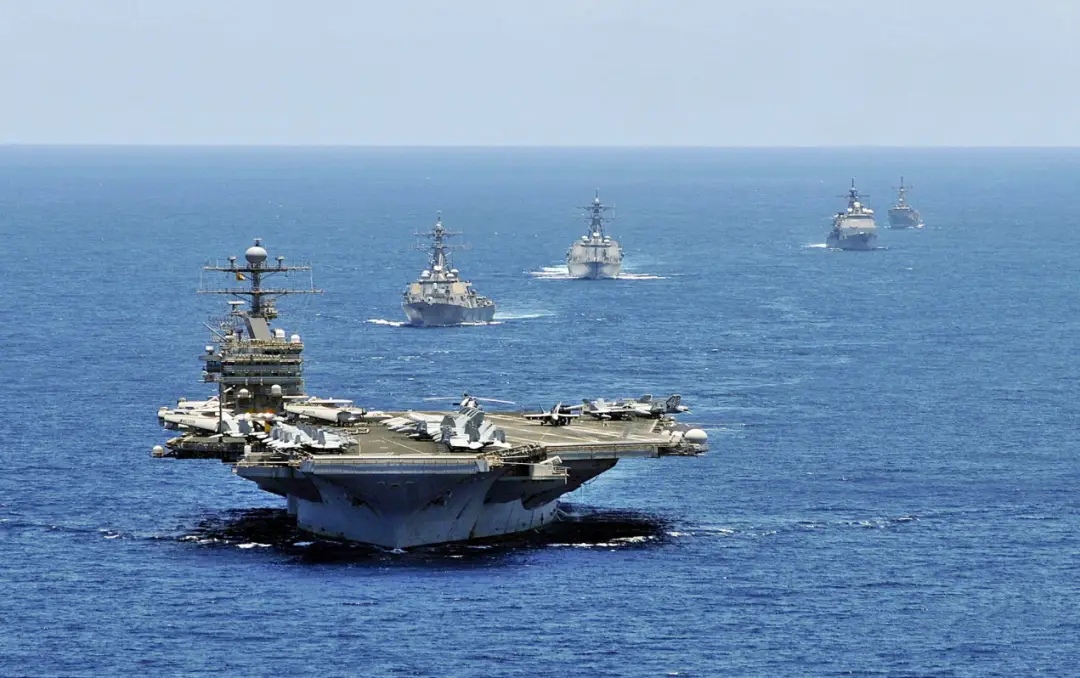
Guam, as a key strategic support point for the US military in the Western Pacific, carries important military functions of the United States in the Asia-Pacific region.
Looking back at history, Guam has been continuously strengthening its military infrastructure since it came under the control of the United States.
The US military has long been committed to building Guam into a comprehensive military fortress integrating offense and defense. Its strategic significance is self-evident.
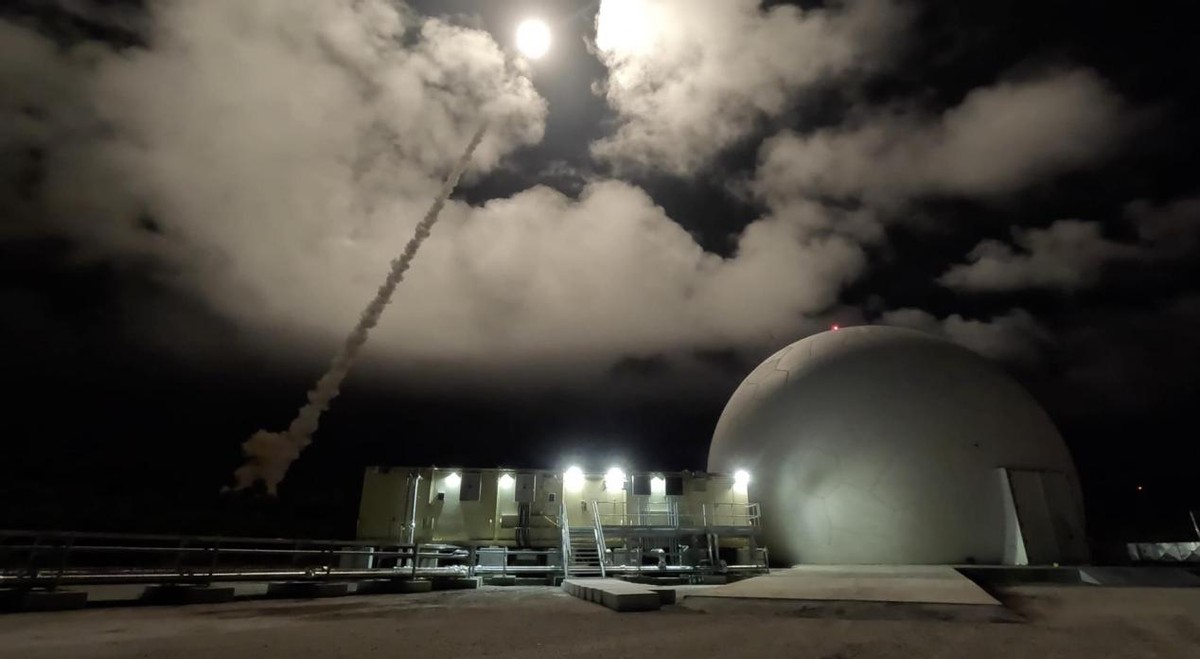
Geographically, Guam is located deep in the Pacific Ocean and is an important hub for the United States to project military force in the Asia-Pacific region. It can form an effective military deterrence radius for the vast surrounding sea and land areas.
Over the years, the U.S. military has gradually advanced its military deployment in Guam, with various advanced fighter jets frequently stationed there and naval ships shuttling back and forth, making it an important window for the United States to demonstrate its military power in the Asia-Pacific region.
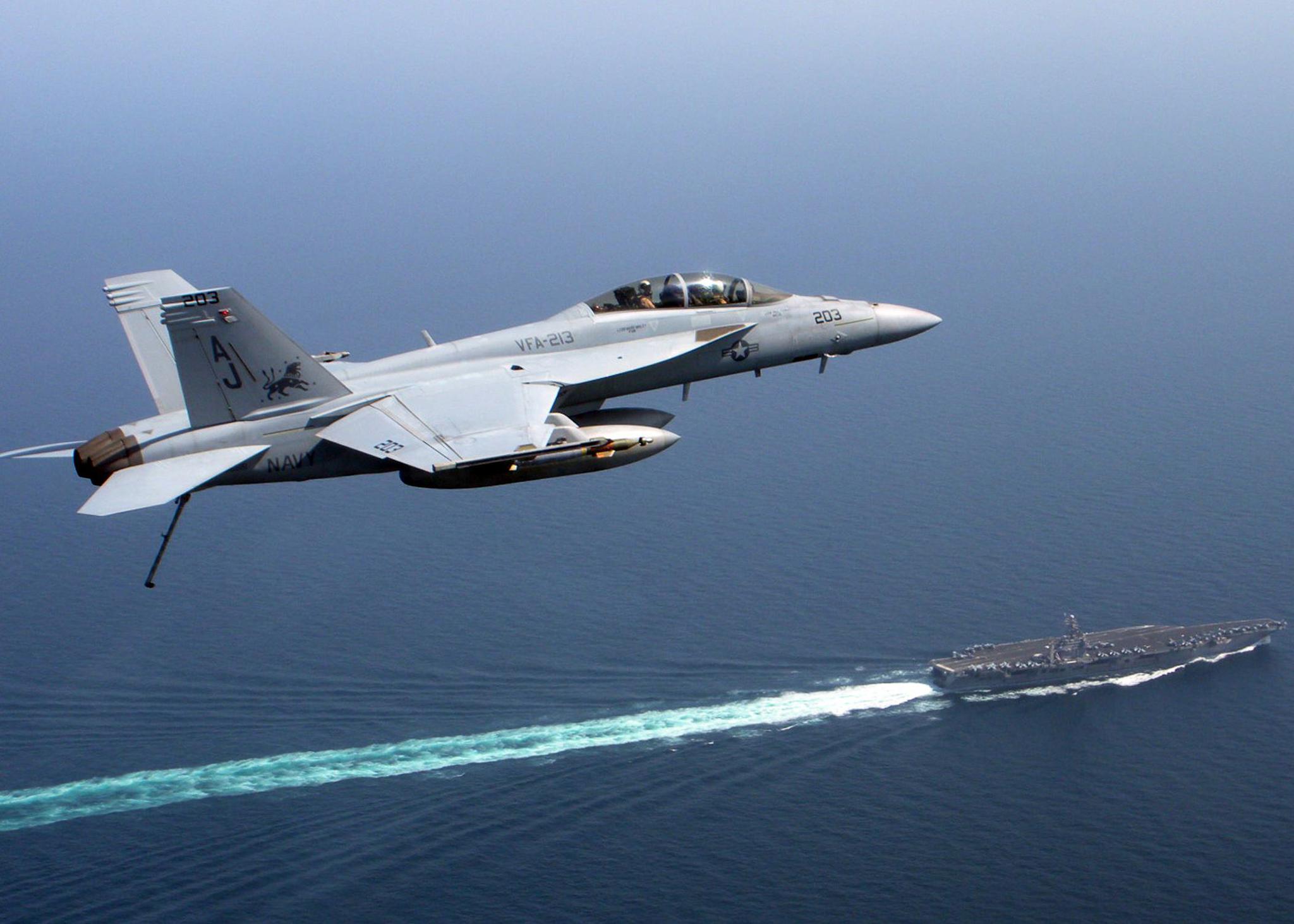
This military operation, which has attracted widespread attention, was a ballistic missile interception test carefully planned and implemented by the US military at the Guam base on December 10.
On that day, the atmosphere at the Guam base was tense yet full of expectations. The U.S. military decisively launched the Standard-3 Block IIA anti-missile interceptor missile through the Mk 41 vertical launch system deployed there.
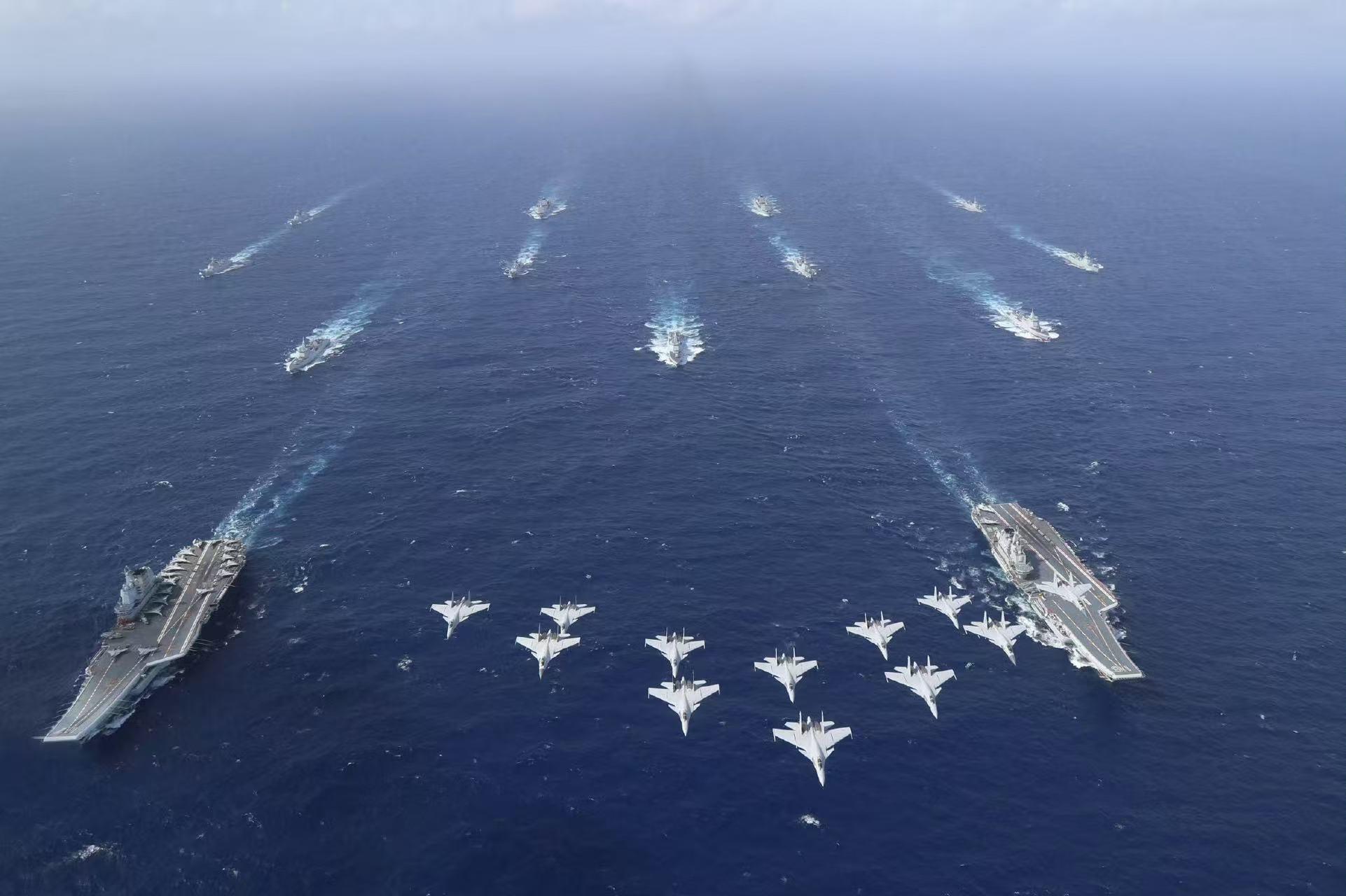
The target of this test was a simulated air-launched medium-range ballistic missile, which attacked Guam's airspace along a predetermined trajectory, simulating an enemy missile attack in a real battlefield environment.
After the U.S. military's anti-missile interceptor missile was launched, it quickly adjusted its flight attitude and trajectory based on precise radar monitoring data, and a thrilling space chase began.
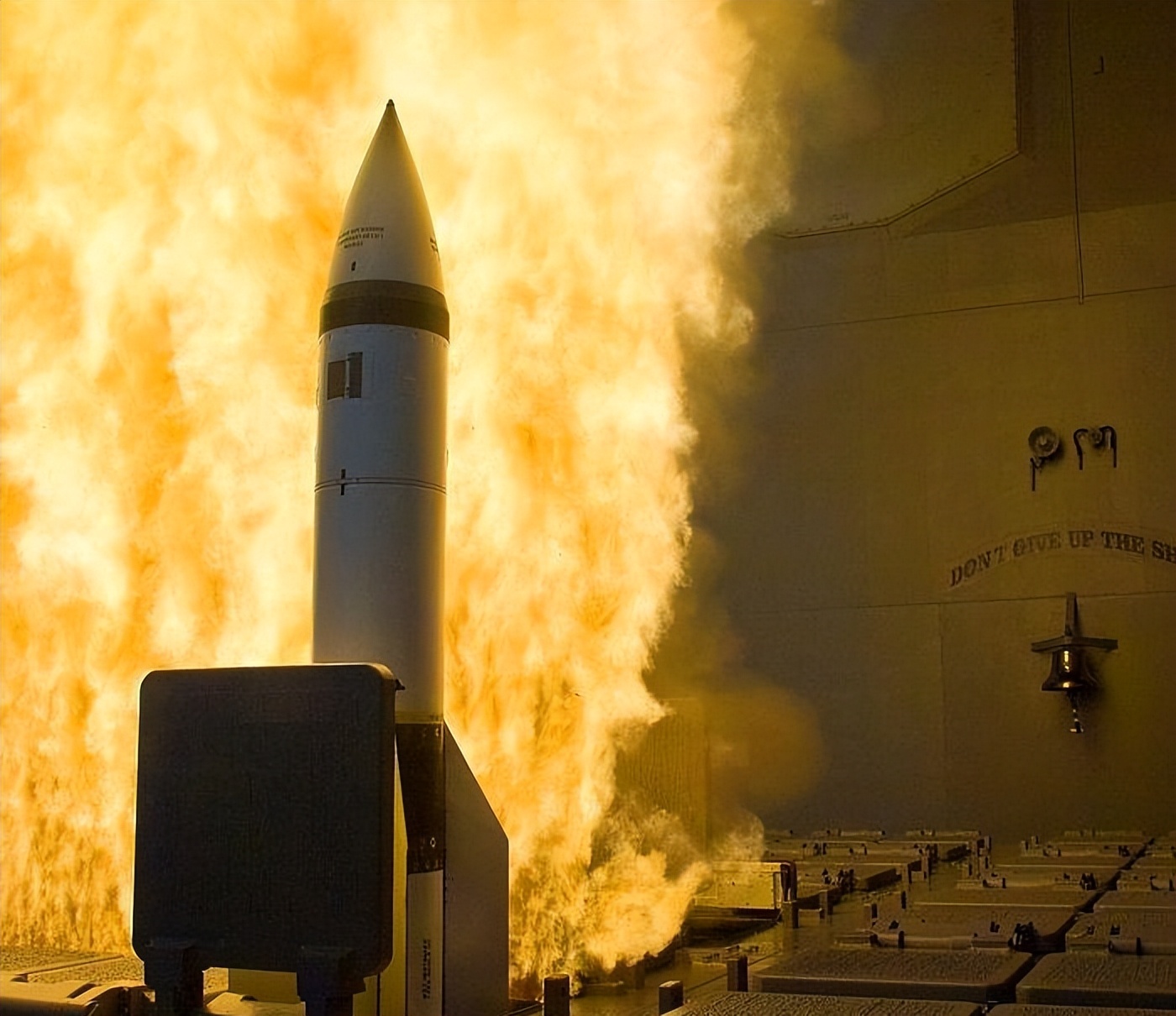
In the contest of complex electronic confrontation and high-speed flight, the US military finally announced that it had successfully intercepted the incoming simulated missile over Guam. This result undoubtedly made the US military's construction of a military defense system in Guam seem to have taken a solid step forward.
However, if we analyze the essence behind this test in depth, we will find many key factors worth discussing.
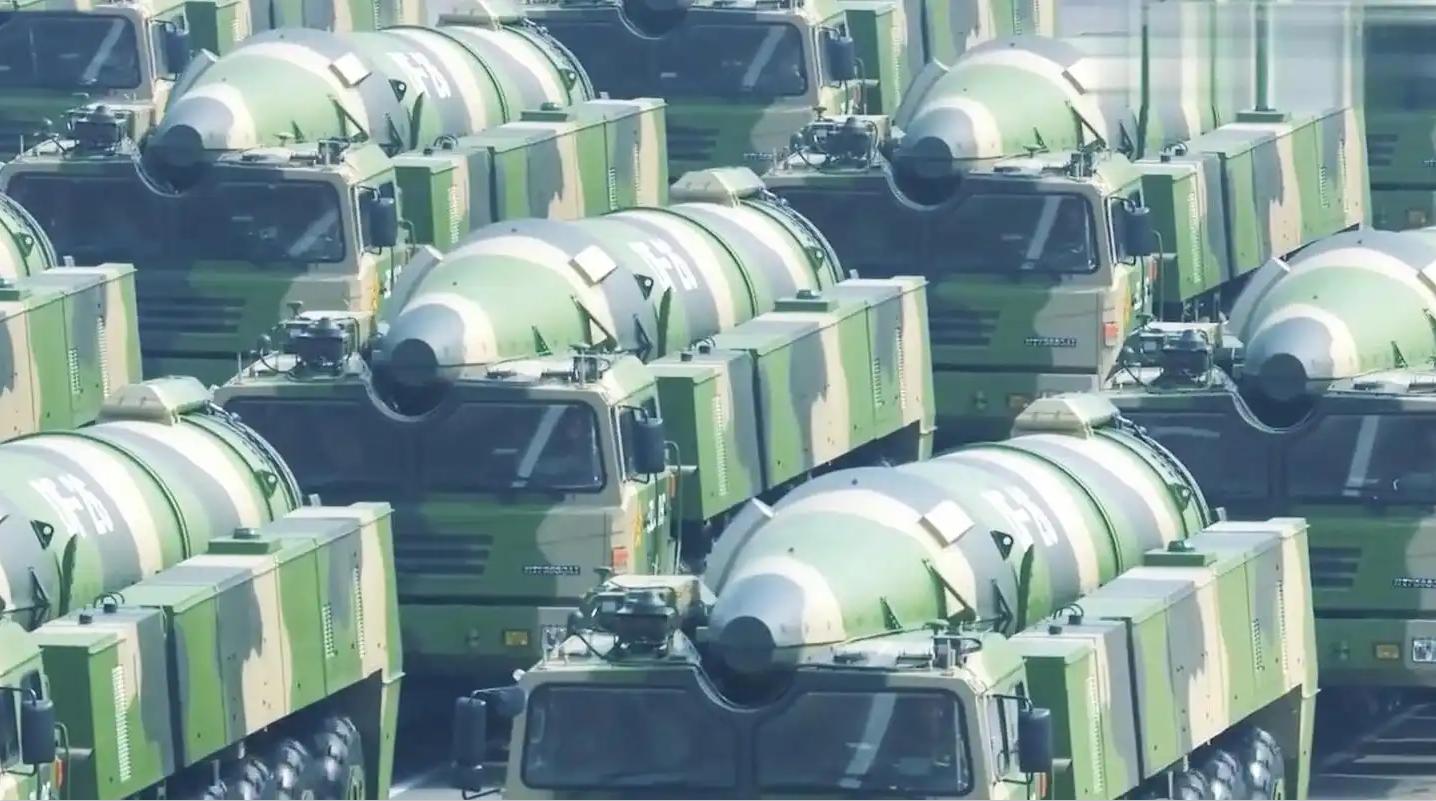
First, from a technical perspective, although the air defense and anti-missile systems deployed by the US military in Guam are diverse and technologically advanced, they still have obvious limitations when facing specific ballistic missile threats.
For example, the famous THAAD system, although it occupies an important position in the US military's air defense and anti-missile system, its actual interception capability is stretched when dealing with certain high-performance ballistic missiles.
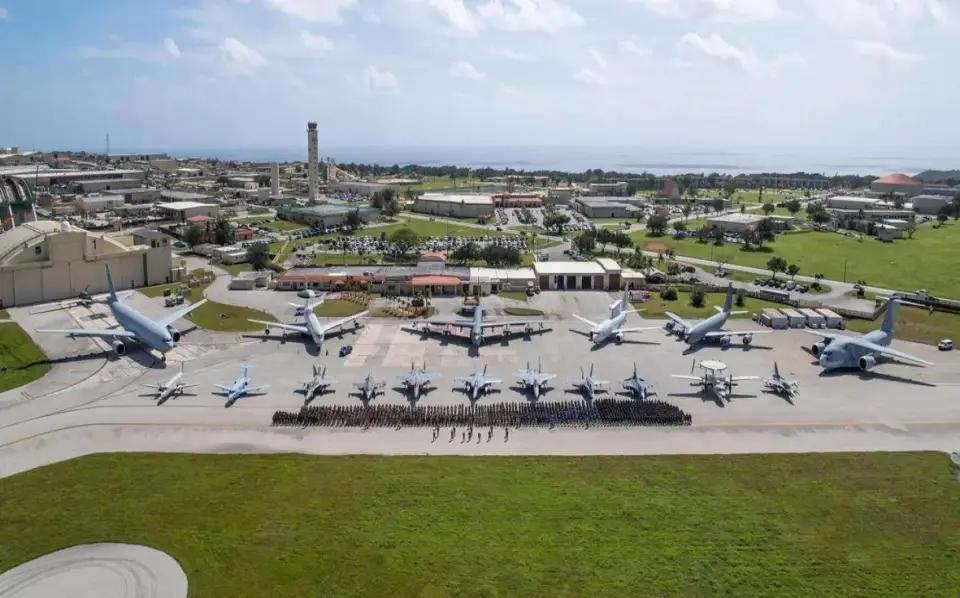
The kinetic anti-missile interceptor missile used by the THAAD system has a shutdown speed of only about Mach 8 due to its own design characteristics, and its maximum firing altitude is also limited to about 140 kilometers.
In contrast, some potential adversaries' medium- and long-range ballistic missiles, such as the DF-26, have more outstanding performance indicators.
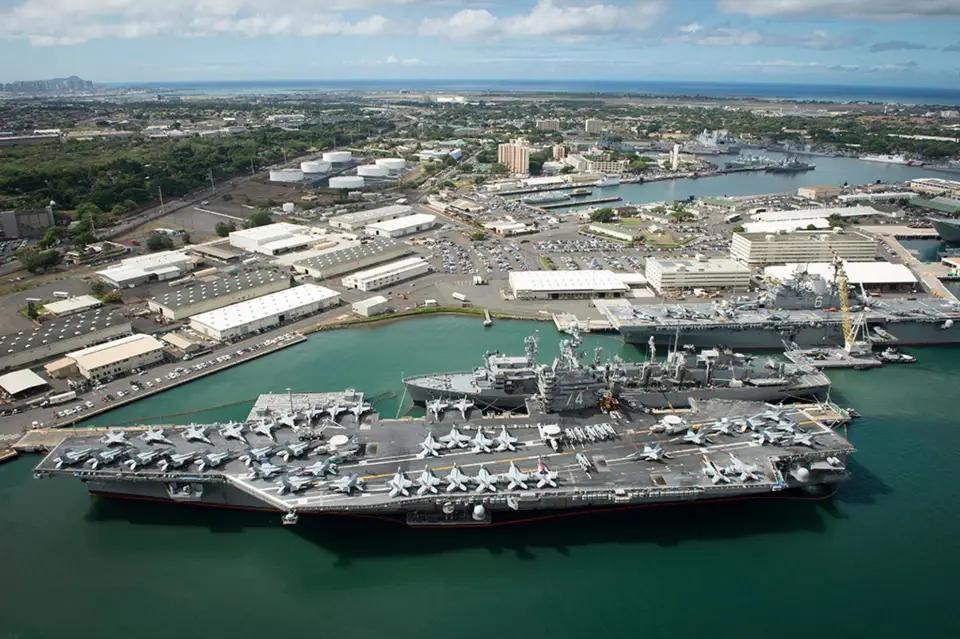
As a medium-to-long-range ballistic missile, the DF-26 can easily break through the interception range of the THAAD system. Its flight altitude can exceed 200 kilometers, and its speed when re-entering the atmosphere is as high as Mach 18. The interceptor missiles launched by the THAAD system cannot effectively track and intercept such high-speed targets.
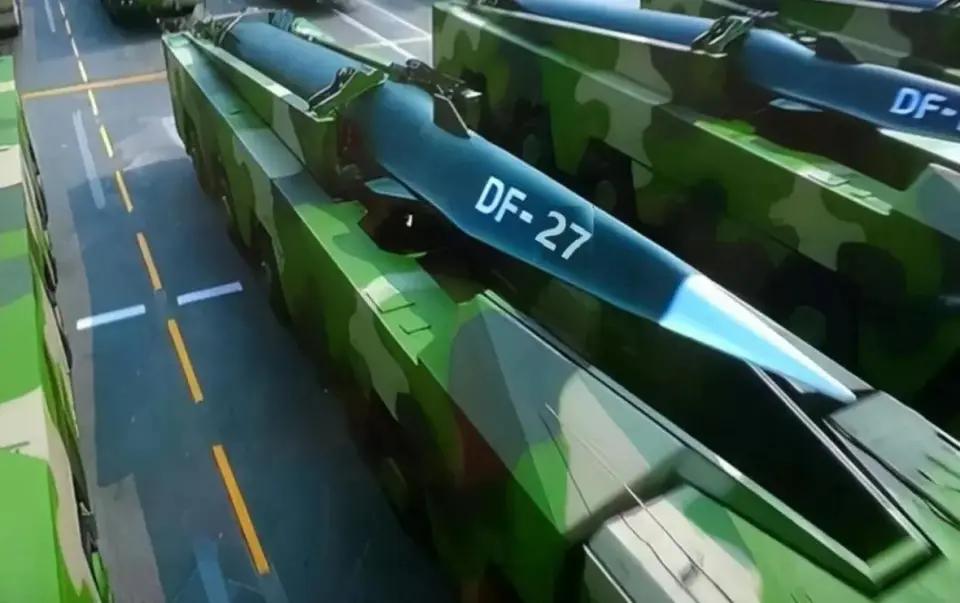
In addition to the THAAD system, the U.S. military's Standard Missile-3 kinetic anti-missile interceptor also faces challenges.
Although the performance of the Standard-3 is relatively outstanding in the US military's anti-missile system, its maximum shutdown speed can reach about Mach 16, but there is still a certain gap compared with the 18 Mach speed of the Dongfeng-26.
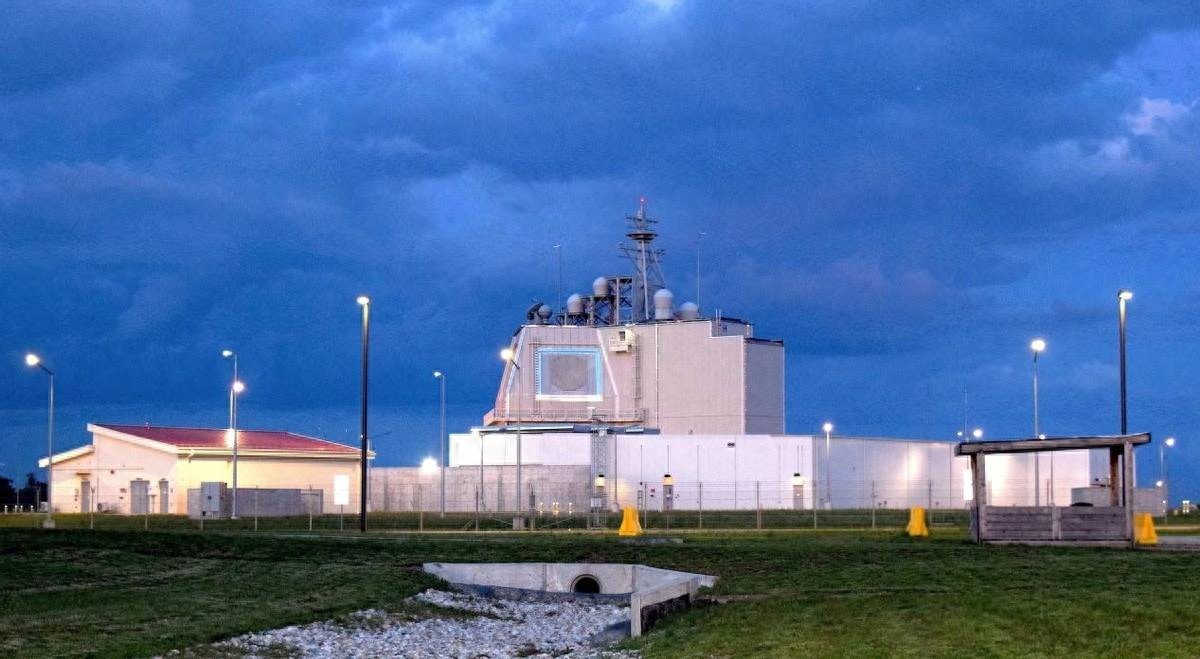
More importantly, the DF-26 also has the ability to maneuver and change trajectory, which enables the DF-26 to flexibly change its trajectory during flight, greatly increasing the difficulty of enemy interception.
Even if the SM-3 can lock the approximate position of the DF-26 to a certain extent, it is difficult for the SM-3 to adjust the interception trajectory in time when it is maneuvering and changing its trajectory, making it difficult to successfully intercept the DF-26's double-cone warhead.
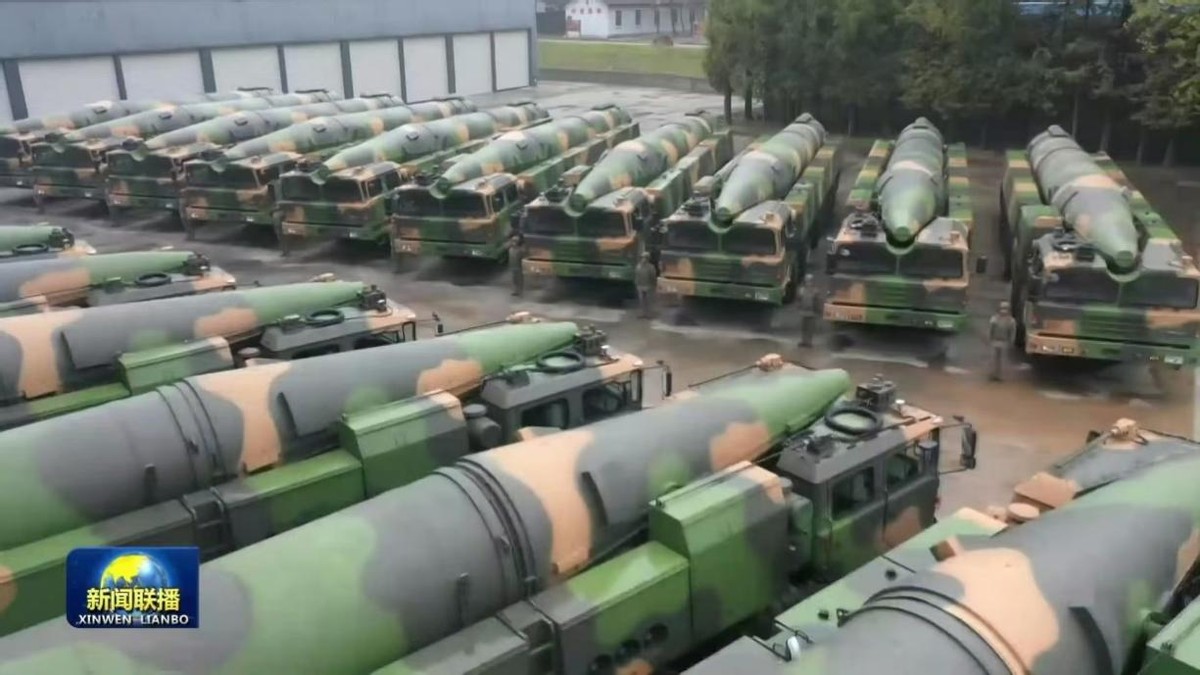
This fully demonstrates that the air defense and anti-missile system built by the US military in Guam cannot form an absolutely effective defense barrier against all potential threats as it claims.
From a strategic perspective, the U.S. military's ballistic missile interception test in Guam is undoubtedly an important manifestation of its strategic layout adjustment in the Asia-Pacific region.
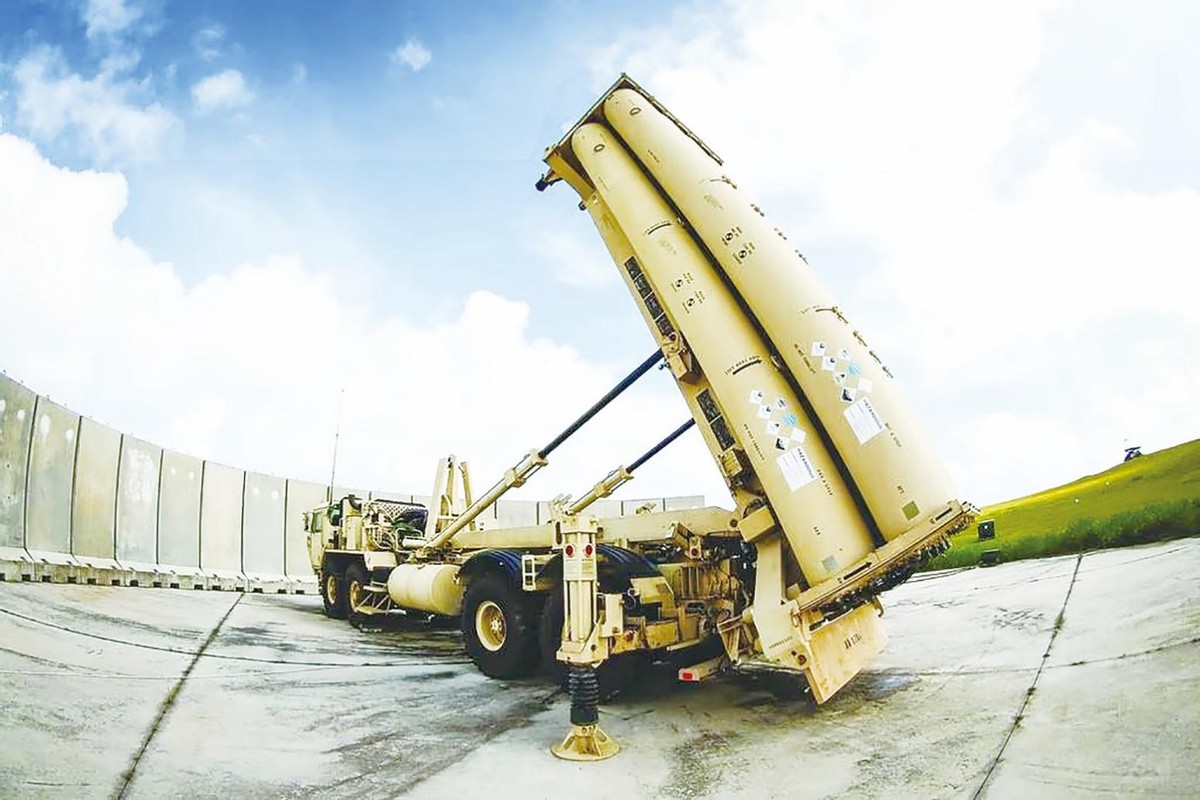
The United States has long been committed to maintaining its military hegemony in the Asia-Pacific region, attempting to form a strategic deterrent against potential opponents by deploying advanced military forces in key areas such as Guam.
After the success of this test, the US media and some military analysts showed over-optimism, and even naively believed that the Guam base already had the ability to intercept high-performance ballistic missiles such as the Dongfeng-26. Once its "360-degree three-dimensional defense system" was fully built, Guam would become an indestructible military fortress, immune to the opponent's ballistic missile attacks.
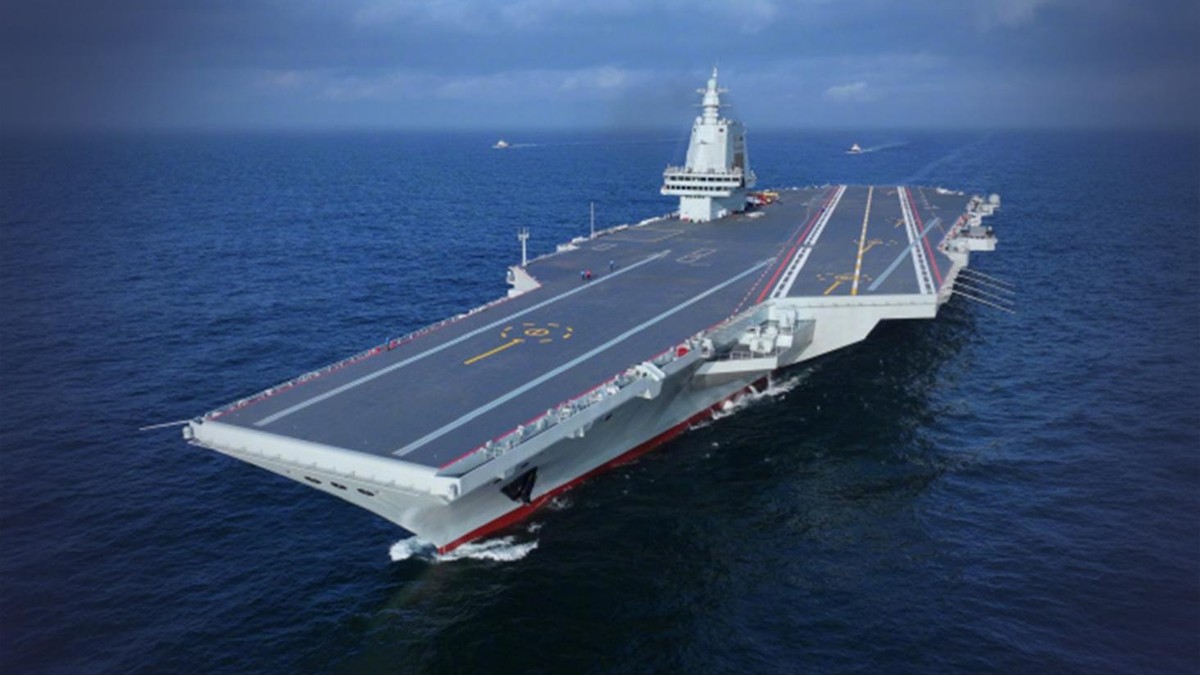
However, this view ignores an important strategic reality, namely that military confrontation is not a contest between a single weapon system or a local defense system, but a comprehensive game involving multiple factors such as comprehensive national strength, strategy and tactics, weapons and equipment systems, and war potential.
Under the conditions of modern warfare, it is difficult to ensure absolute security for any military target by relying on a single means of defense.
Take Guam as an example. Even though the US military has deployed a large number of advanced air defense and anti-missile systems there, its defense system will inevitably face tremendous pressure and even the risk of being breached when faced with large-scale, multi-batch, multi-directional ballistic missile saturation attacks.
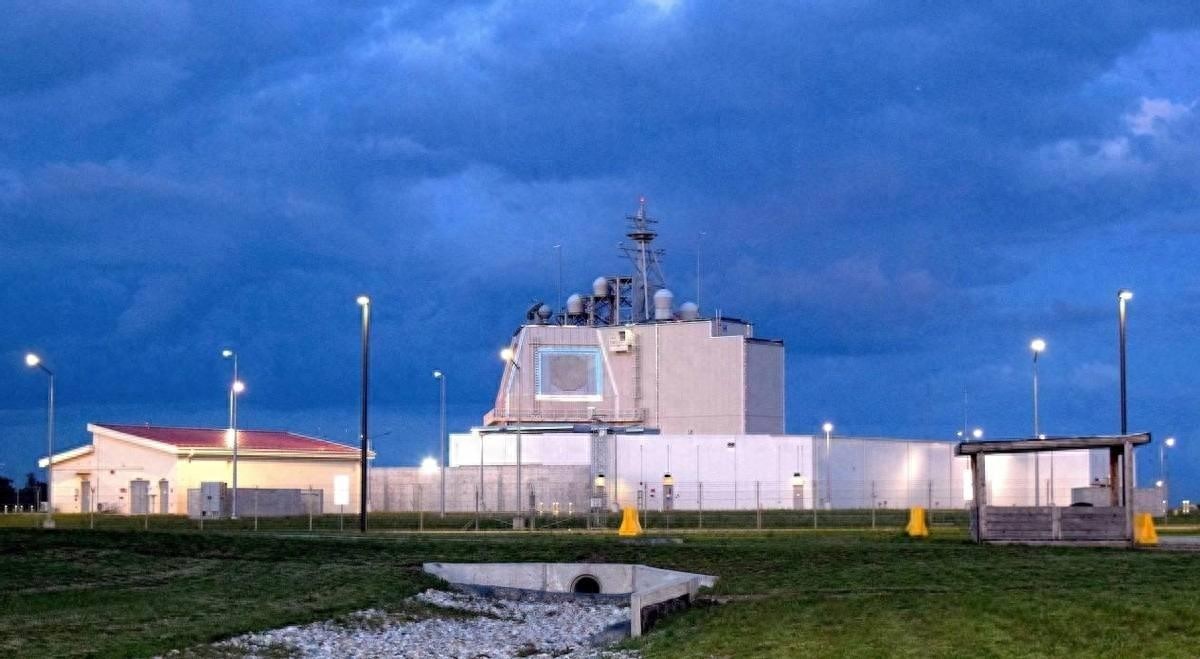
Assuming that in an actual conflict, the opponent launches dozens or even hundreds of Dongfeng-26 ballistic missiles at one time, this super-saturation attack will put the US military's air defense and anti-missile system in Guam into trouble.
Its limited number of interceptor missiles and complex interception command and control system make it difficult to cope with such a large-scale missile attack.
Moreover, in a high-intensity war environment, the US military's radar detection systems, command and communication networks and other key facilities are also extremely vulnerable to interference and destruction, further weakening its air defense and anti-missile capabilities.
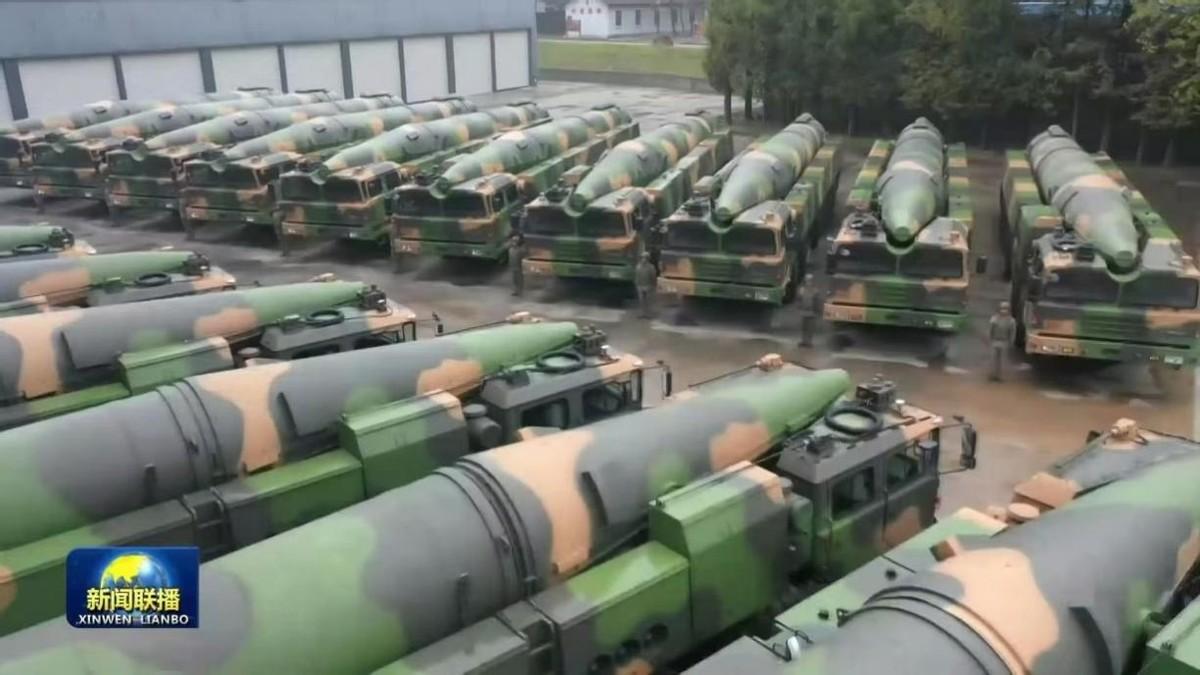
In addition, military strategy is not limited to missile defense and attack, but also involves the coordinated operations and integrated use of multiple military services.
Although the U.S. military's military deployment in Guam focuses on air defense and anti-missile defense, when facing the threat of a total war, it also needs to consider attack methods from sea, land, air and other aspects.
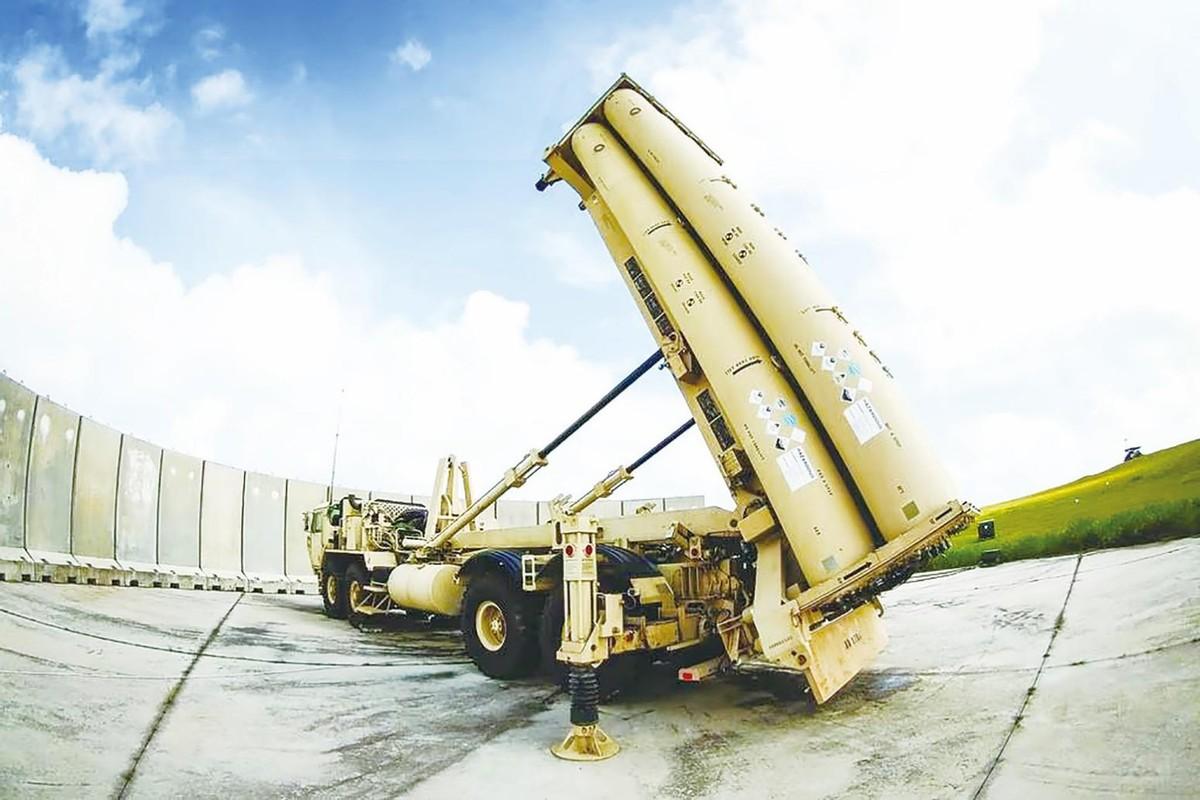
For example, the opponent's naval aircraft carrier battle group can implement a maritime blockade and long-range strikes on Guam. The aircraft carrier-based aircraft can launch anti-ship missiles and air-to-ground missiles at a long distance to carry out precision strikes on Guam's military facilities. Nuclear submarines can use their concealment advantage to lurk in the waters around Guam and launch surprise attacks at the right time. Large surface ships such as the 055 million-ton destroyer can rely on their powerful firepower and air defense and anti-missile capabilities to provide cover and support for the aircraft carrier battle group and participate in joint strike operations against Guam.
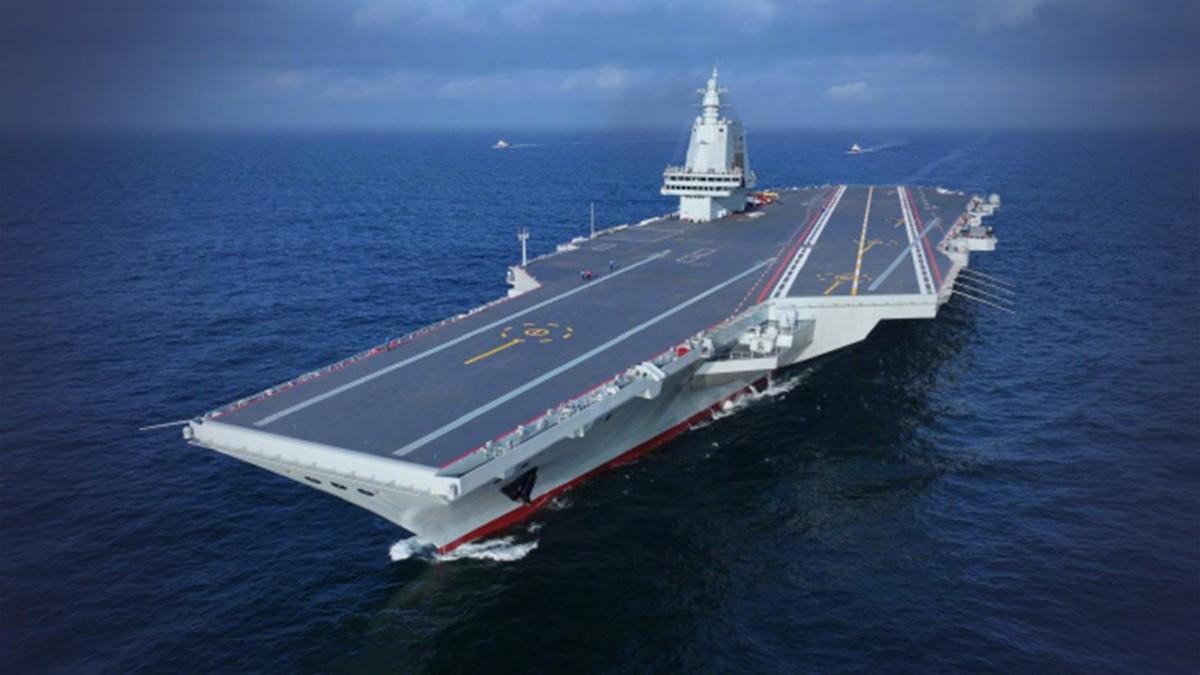
If necessary, the opponent may even send Marines to carry out beach landing operations and directly seize military control of Guam.
This complex situation of coordinated operations among multiple military services goes far beyond the scope of the US military's simple air defense and anti-missile defense in Guam, making it face more severe strategic challenges.
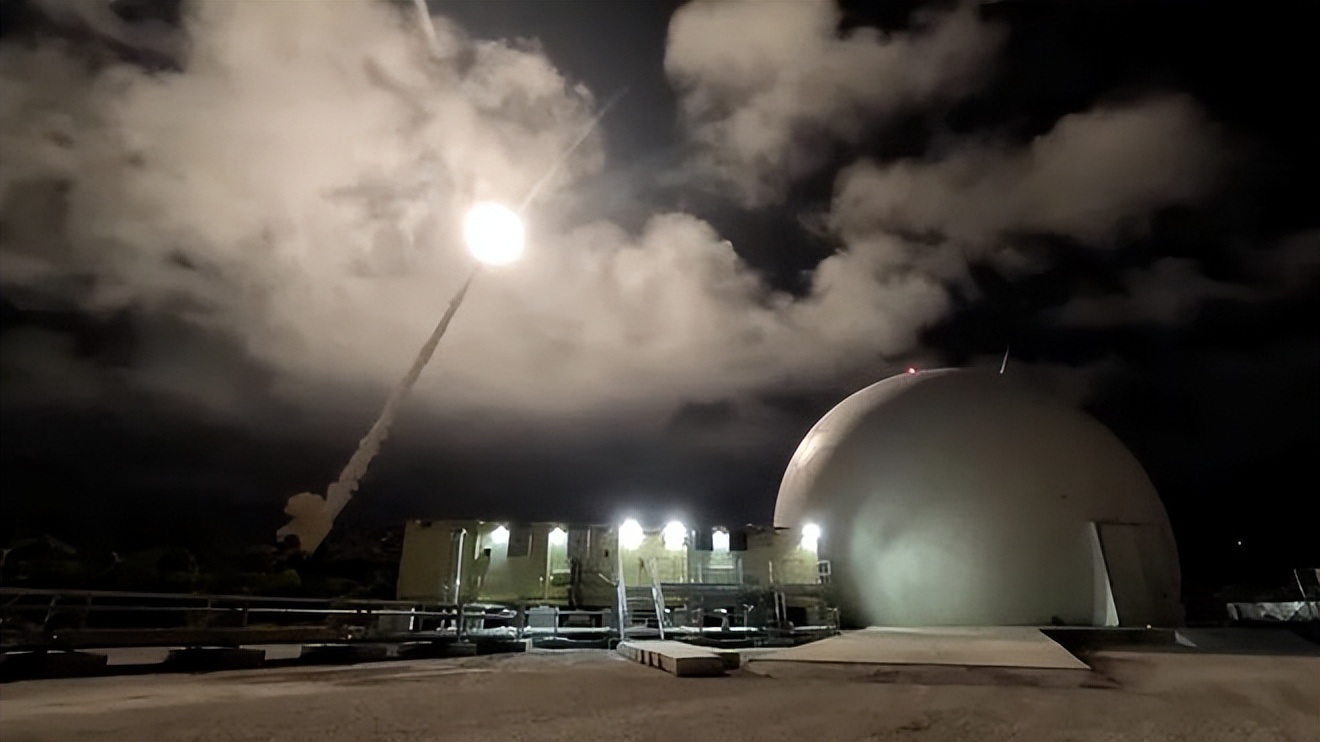
To sum up, although the US military's military operations in Guam have achieved certain results at the local technical level, there is still a large gap between its strategic intentions and actual military capabilities.
The military game in Guam is not a simple offensive and defensive confrontation, but a complex interaction involving multiple factors such as global politics, military, and economy.
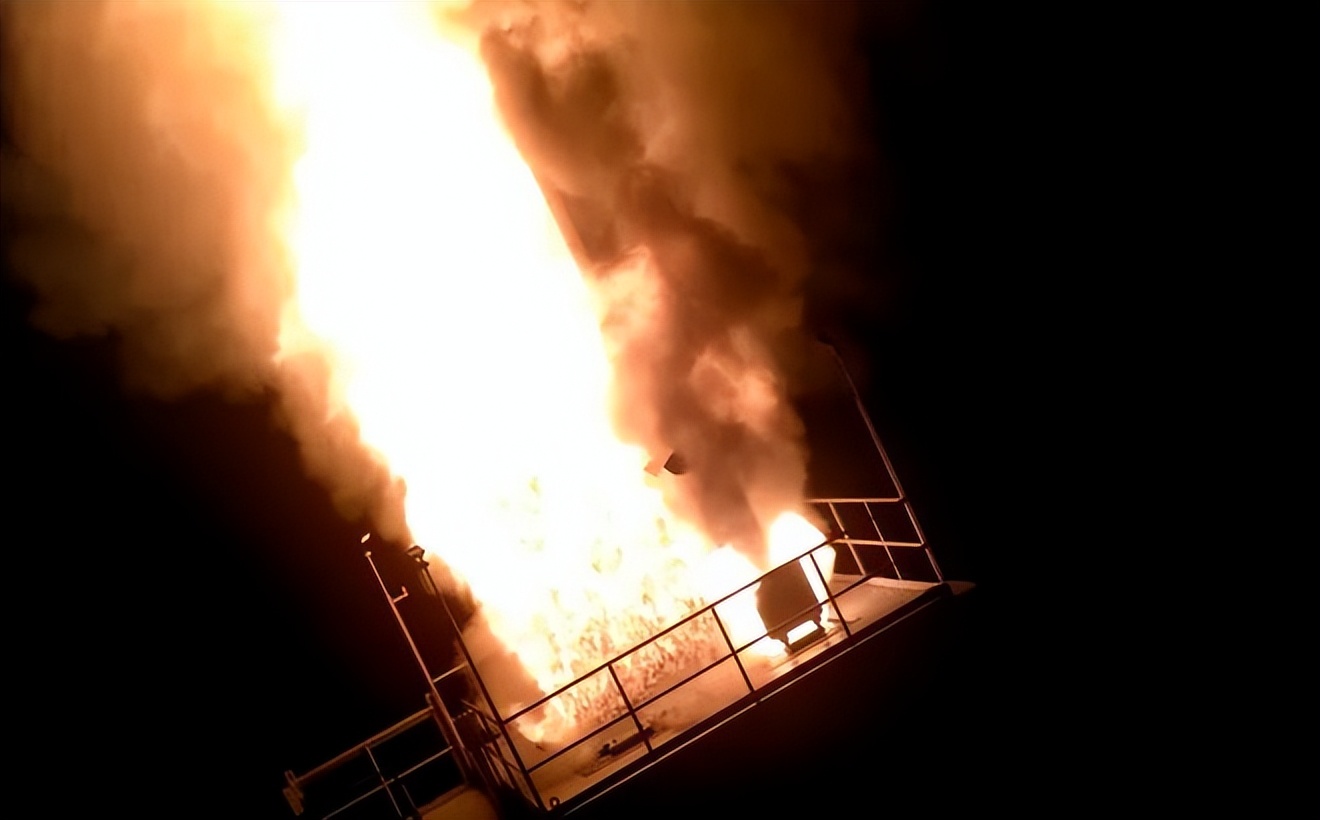
In future international military competition, countries will continue to compete fiercely around key strategic nodes such as Guam, and the innovation of military technology and the flexible use of strategies and tactics will become the key factors in determining victory or defeat.
The military game triggered by the Guam incident will continue, and its final direction and outcome are worth waiting to see.
-
上一篇

Good news from Qingdao, Shandong! This scene in the Yellow Sea instantly broke the defense of the Un
Good news from Qingdao, Shandong! This scene in the Yellow S...
-
下一篇
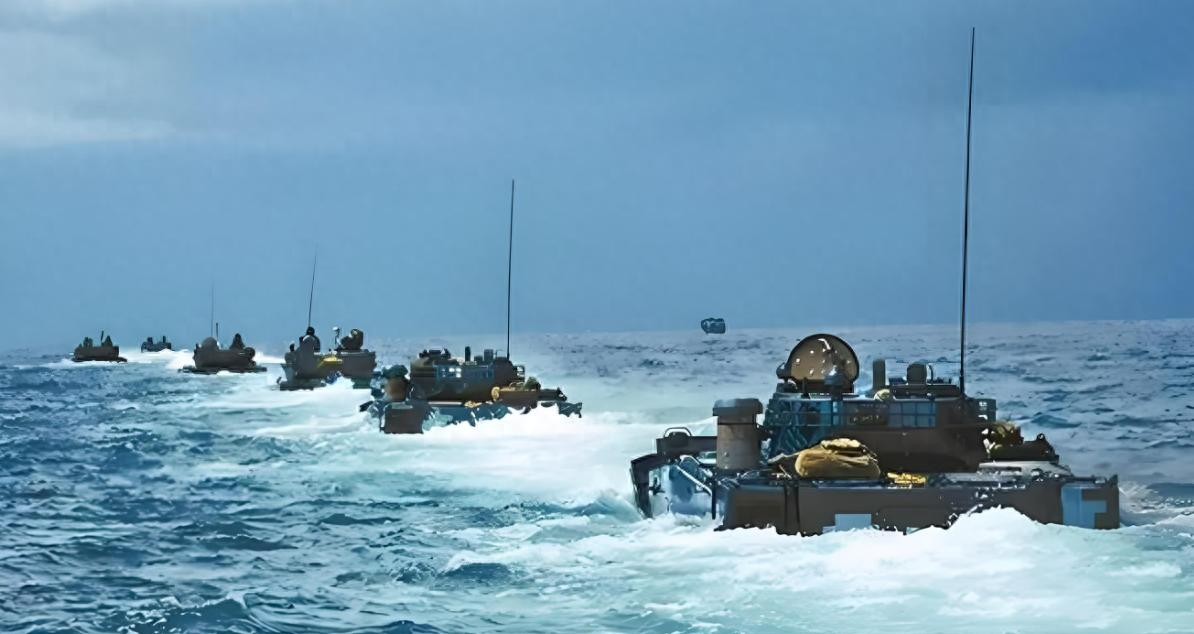
There are no aircraft carriers or 055 destroyers. Why is the Eastern Theater Command known as the &q
"Forget aircraft carriers. The Eastern Theater Command ...
相关文章
- China's GDP will grow by 5% in 2024 to 18.41 trillion US dollars. Will the gap with the United State
- In 2000, the US GDP accounted for 25.68% of the world's total, while China only accounted for 3.02%.
- The gender imbalance of the post-00s has further intensified | Chinese men shouted: It’s finally our
- Special report on the stock market | Another divorce case with sky-high prices in the A-share market
- CSRC releases | State Council Information Office holds press conference: Introducing the situation o
- The global stock market is changing rapidly. A full analysis of the latest developments of A-shares,
- It has fallen again. Why can’t the Chinese stock market continue to rise?
- With the joint efforts of six departments, the stock market is about to usher in a "hundred-bil
- The real land of women: men don't marry and women don't marry, they climb through windows at night a
- The mysterious ethnic group in the mountains of my country has a special custom that is too scary. G




